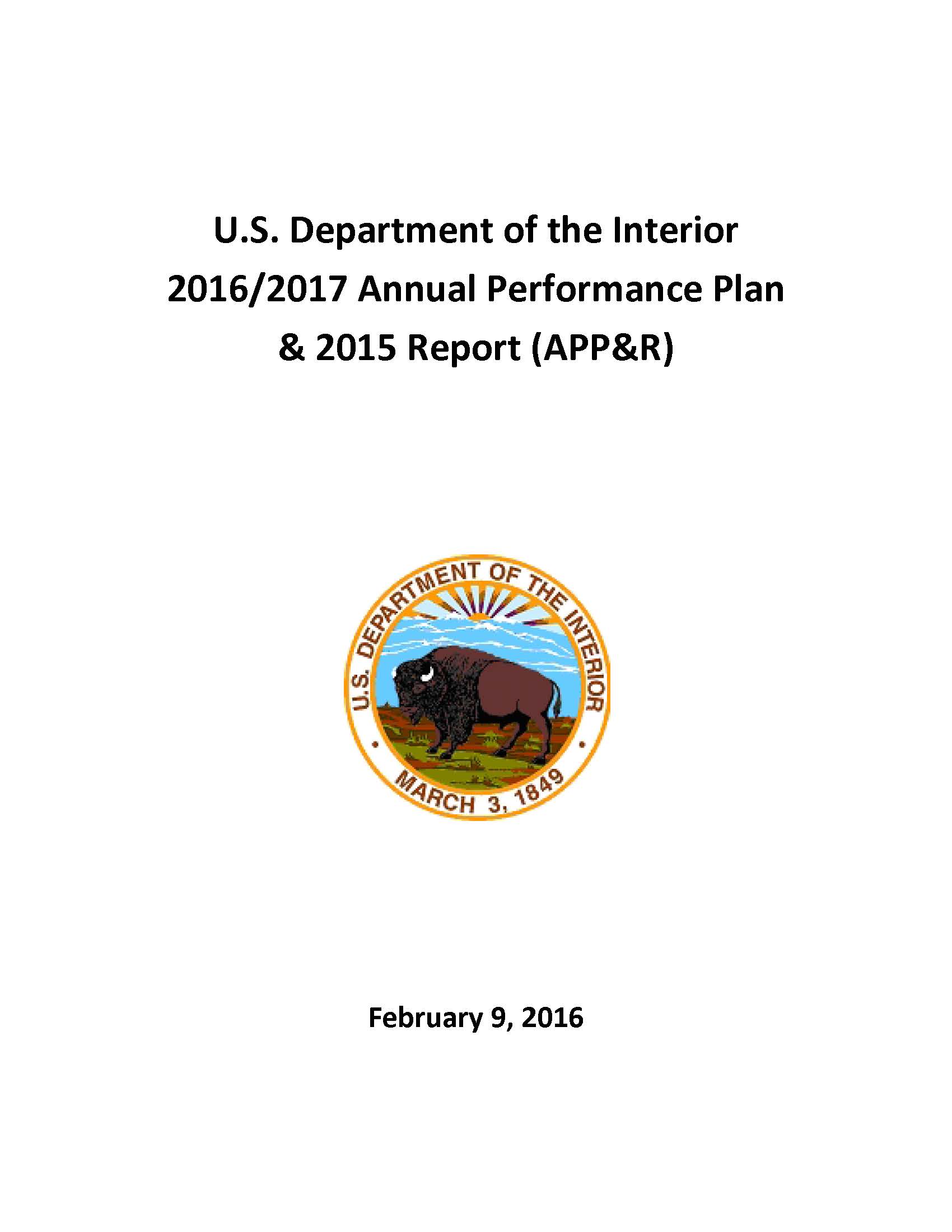- Home
- Agencies
- Department of Agriculture
- Department of Housing and Urban Development
- General Services Administration
- Department of Commerce
- Department of the Interior
- National Aeronautics and Space Administration
- Department of Defense
- Department of Justice
- National Science Foundation
- Department of Education
- Department of Labor
- Office of Personnel Management
- Department of Energy
- Department of State
- Small Business Administration
- Environmental Protection Agency
- Department of Transportation
- Social Security Administration
- Department of Health and Human Services
- Department of the Treasury
- U.S. Agency for International Development
- Department of Homeland Security
- Department of Veterans Affairs
- Goals
- Initiatives
- Programs
Primary tabs
Strategic Objective
Improve Reliability of Water Delivery
Strategic Objective
Overview
Reclamation strives to keep its facilities in good condition to ensure the reliable supply of water and stretch existing water supplies that can be made available for other uses. Reclamation is the largest supplier and manager of water in the 17 Western States, bringing water to more than 31 million people and providing one of five western farmers (140,000) with irrigation water for 10 million acres of farmland that produce 60 percent of the nation’s vegetables and 25 percent of its fruits and nuts. Reclamation’s facilities also provide substantial flood control, recreation, and fish and wildlife benefits.
Read Less...Progress Update
Since 2011, an average of 77% of Reclamation’s facilities were evaluated as being in good condition. Reclamation anticipates doing fewer scheduled maintenance upgrades to its facilities in the near future due to the increased costs associated with ongoing droughts and aging infrastructure. Reclamation prioritizes infrastructure assets based on detailed design criteria: engineering need, consequence of failure, financial considerations, efficiency opportunities, scheduling, and others.
For 2015, the goal was exceeded because some water infrastructure assets initially rated in poor or fair condition were reassessed during the year to be in good condition. The adjustment freed up resources which were subsequently used to refurbish or replace higher priority assets, thus improving an additional 29 assets above the goal to good condition.








